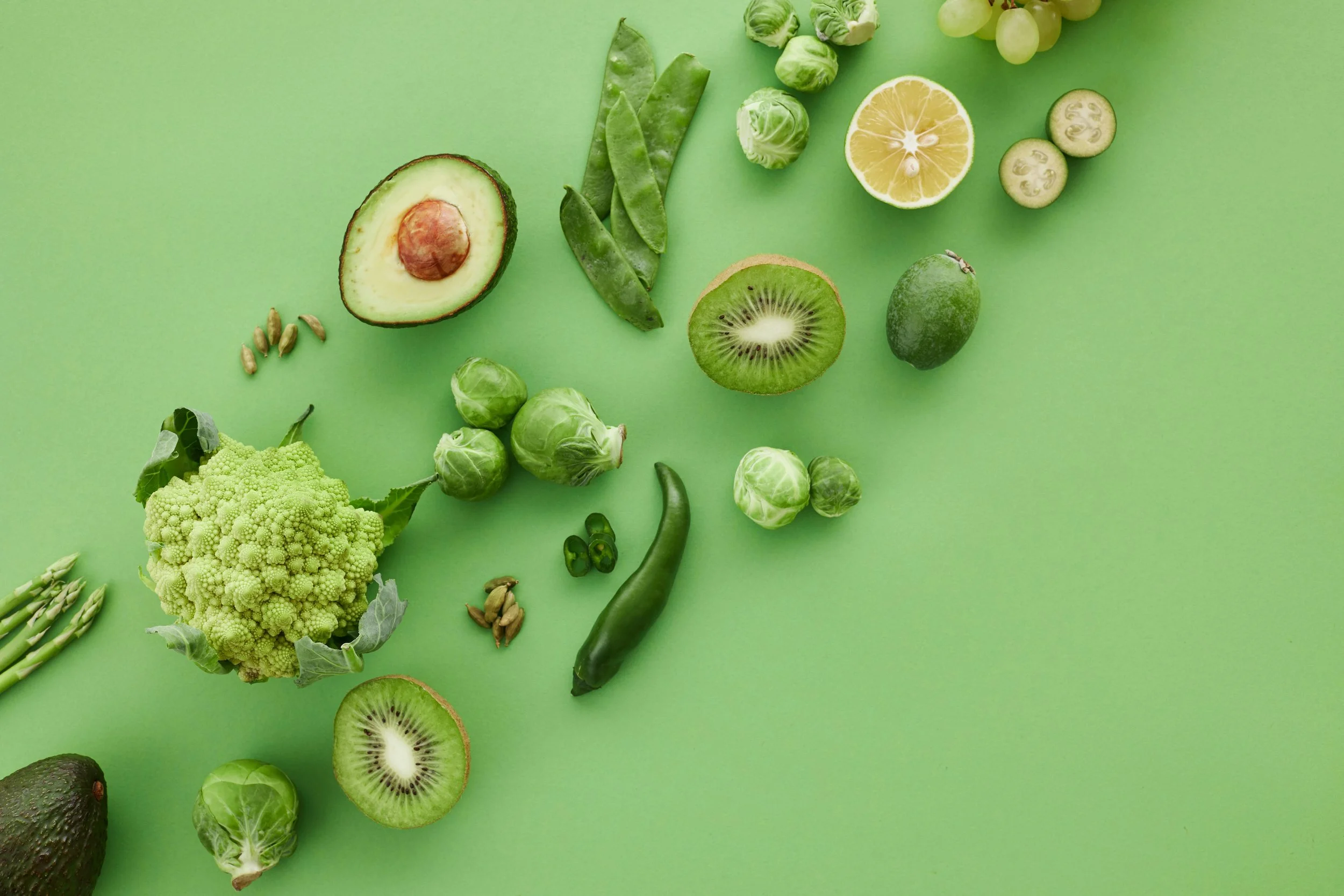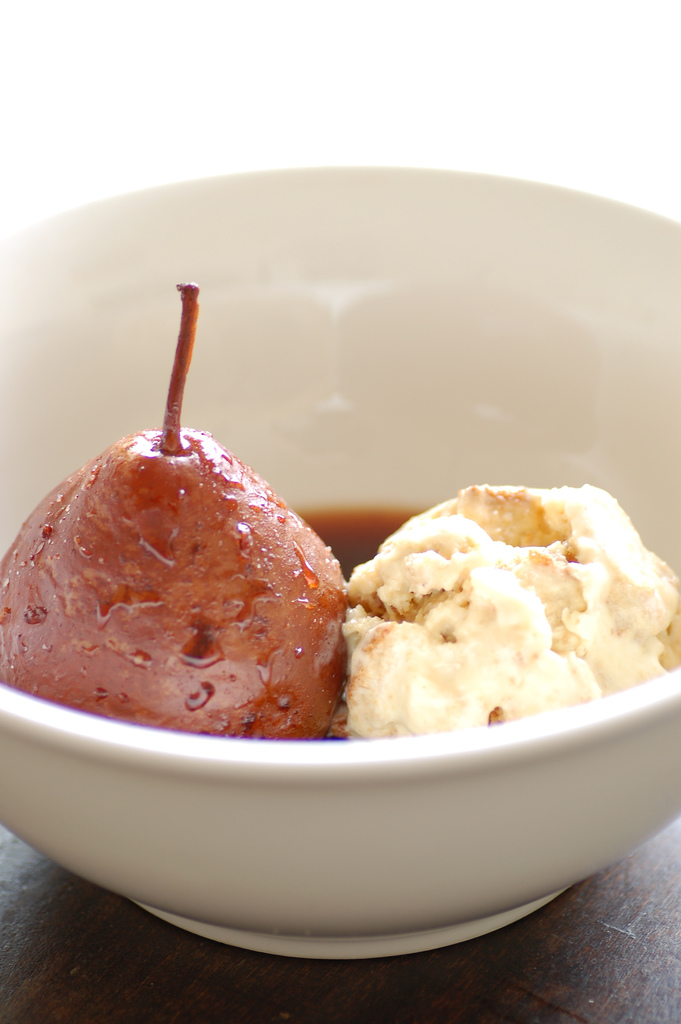It's rhubarb season! Whole wheat flour, rolled oats and tangy rhubarb combine for a scrumptious, snack-worthy cake.
Ingredients
- 1 cup rolled oats
- 1 1/4 cup brown sugar, divided
- 6 tablespoons butter, divided
- 1 cup whole wheat pastry flour
- 1/2 cup unbleached flour
- 1 teaspoon baking soda
- 1/2 teaspoon salt
- 3/4 cup nonfat plain yogurt
- 1 large egg
- 1 cup thinly sliced rhubarb
Preparation
- Heat the oven to 350°F. Lightly oil or butter a 9-inch square baking pan. Melt the butter. In a medium bowl, combine 2 tablespoons of the melted butter with the oats and brown sugar. Mix well and set aside.
- In a large bowl, mix the flours, brown sugar, soda and salt. In a separate bowl, whisk together the yogurt and egg; slowly add the remaining 4 tablespoons melted butter, while whisking the mixture. Pour the yogurt mixture over the dry ingredients and stir just to combine. Quickly stir in the rhubarb. Scrape the batter into the prepared pan. Sprinkle with the topping, then bake for 30 to 35 minutes. A toothpick inserted in the center of the cake should come out with no wet batter sticking to it. Cool the cake on a rack. Serve warm, or wrap tightly and refrigerate for up to a week.
Serving Suggestion
When rhubarb is in season, make the most of its tangy, pink stalks in this quick cake. You can even make this with frozen rhubarb in the middle of winter, if you like; just bake it 5 or 10 minutes longer. Top with a dollop of whipped cream or coconut sorbet for special occasions, or just slice and enjoy!
Reprinted by permission from StrongerTogether.coop. Find articles about your food and where it comes from, recipes and a whole lot more at www.strongertogether.coop









